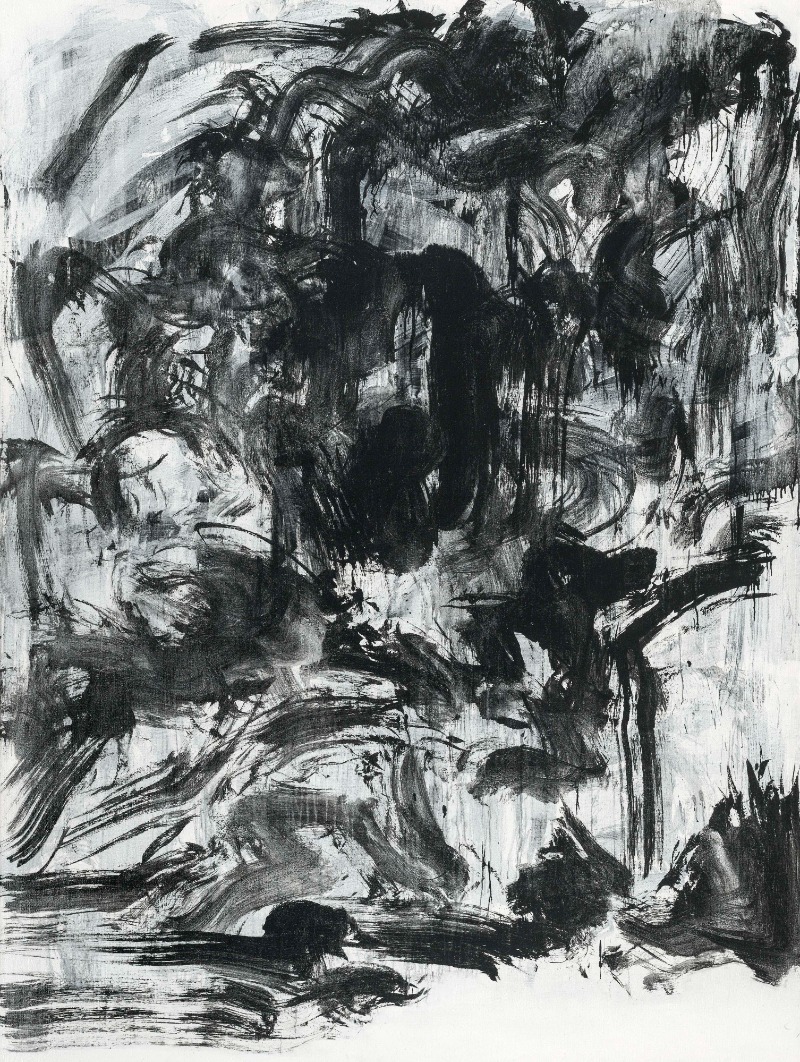
| Period| | 2021.06.16 - 2021.08.01 |
|---|---|
| Operating hours| | 10:00 - 18:00 |
| Space| | Gallery Hyundai/Seoul |
| Address| | 14, Samcheong-ro, Jongno-gu, Seoul, Republic of Korea |
| Closed| | Mon |
| Price| | Free |
| Phone| | 02-2287-3500 |
| Web site| | 홈페이지 바로가기 |
| Artist| |
|
정보수정요청



|
|
Exhibition Information
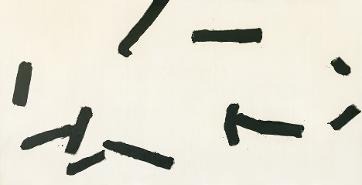
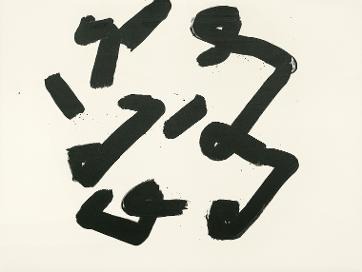
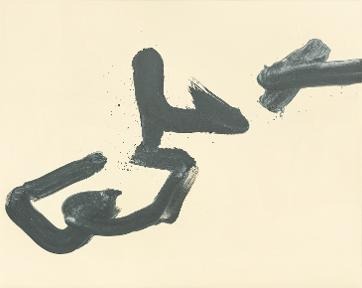
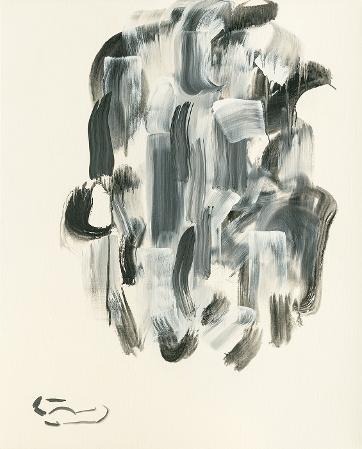
“Paintings drawn by the transitory self, somewhat unknown, Paintings written like texts by my own self, unfamiliar every moment, Paintings done with dazzling colors that captivated me. And the swift and the slow speed of the strokes: those are what I have experienced. Then I have persistently striven to avoid marking the habitual brushstrokes.” - Lee Kang-So Gallery Hyundai presents Lee Kang-So’s solo exhibition From a Dream from June 16 through August 1. From a Dream shows a careful selection of approximately thirty paintings created between the late 1990’s until 2021, focusing on newer pieces and the artist’s creative essence that they reveal. Visitors will witness the coexistence between dynamic brushstrokes dashed in a single movement and large scale paintings with bold margins; abstract, rough brushstrokes in multiple layers and more recognizable forms such as birds or boats appearing in paintings as icons since the late 1980’s; monotone paintings of greyscale or black and white radically contrasted with blindingly vibrant colors that materialize the sense of infinite space upon flat canvas. Through these elements, we can enjoy the quintessence of Lee Kang-So’s painterly language that has unfolded over the last two decades. Lee Kang-So is an indelible presence in Korean Contemporary Art and the history of Contemporary Art. From the 1970’s when he spearheaded new movements in experimental art until the present, he has demonstrated a multidisciplinary practice across installation, performance, photography, video, print, painting, and sculpture, unbound to a particular trend or formal methodology. From a Dream marks the artist’s fourth solo exhibition organized by Gallery Hyundai including one in 2009 that featured his paintings, sculptures, and photographs. If the earlier exhibition made an academic investigation of the lasting significance of Lee Kang-So as a master figure and his experimental works in the history of Korean art, From a Dream explores how his unique worldview is materialized in his works and which kinds of problematics are shared by experimental works in the 1970’s and paintings from the 1980’s to the present despite their formal differences. Interpreted as something close to “frolicking in dreams,” the title is simultaneously a keyword condensing Lee Kang-So’s life philosophy and his position on our own time. He views our seemingly self-explanatory world as dreamlike in reality - “To me, this world is full of immense mysteries. It is at the same time dizzyingly complex and fearsome. After all things extinguish, their atoms never disappear, but they only scatter, repeating birth and death with cause and effect unknown in tandem with the structure of this universe. This endless continuance of birth and death will extend towards the furthest corner of the universe” (from artist’s note). Such insight, based on East Asian philosophy he learned from an early age and on quantum mechanics, is seamlessly threaded in each of his works. From the mid- and late 2010’s to the present, the artist has been working on a series of paintings entitled Serenity. Offering an unforgettable visual experience that merges the beauty of margins dating back to East Asian painting with brushstrokes retaining the artist’s own breath, rhythm, and bodily gestures, Serenity is a lucid window to Lee Kang-So’s creative world. On the series, he emphasizes that “when I do brushwork with a clear and bright state of mind, the audience who sees it also will be able to share a sense of ‘serenity.’” Art historian Heekyung Song who contributed an essay to the exhibition catalogue interprets that Lee Kang-So’s Serenity series is “an art of oneness between poems, calligraphy, and painting, condensing the common qualities of the three genres: connotation, lingering, and spirit.” The first floor features three works from Serenity characterized by thick lines created from fast brushwork, and three works from From a River (1999) series. Viewers are thus able to witness the transformations of Lee Kang-So’s painting from the late 1990’s into the mid 2010’s and up to the 2020’s. These works illustrate aspects of qi (氣), or energy flow, that the artist intended to convey. Indeed, one of his major tasks was to visualize the energy of all being. He has always believed in the existence of an invisible energy and continuously strove to document it in image. From a River series first presented at Galerie des Ponchettes in Nice, France, leaves traces of numerous impassioned brushstrokes of various density, all passing through the canvas swift and smooth. Perhaps because of their title, they also appear like abstracted mountain-and-water landscape or the furious roar of a river. The basement and second floor galleries focus on various riffs on bold brushstrokes and emptiness. Lee Kang-So excludes calculated or premeditated thought as much as possible; leaving a series of strokes to sensations of his hand holding the brush and natural rhythm of breath, he places every stroke without taking a moment of rumination. He uses the East Asian brush because the longer length of it than that of Western brush more dramatically interacts with and reacts to the user’s movements. The countless kinds of brushstrokes left at a state of a union among brush, hand, emotion, and spirit then invite the viewers into a world of boundless imagination. Curt strokes thrown from the left of the canvas to the right, strokes breathing short, long, and short again, melodious strokes enlivening the rhythm of horizontal and vertical, strokes inciting violent waves as if battling the canvas, strokes changing in direction to form a plane – all of these strokes with an aesthetic in each single stroke inherit the tradition of traditional literati paintings while expanding the linguistics of contemporary painting. Emptiness-14012 (2014), Serenity-20062 (2020), and Serenity-20063 (2020) in the basement gallery, each amounting to five meters in width, and Serenity-16124 (2016) and Serenity-17010 (2017) on the second floor comprise one snapshot in a world eddying with unimaginable speed through the body of the artist. The second floor invites us to Lee Kang-So’s now signature combination of images that resemble birds and boats with abstract brushstrokes, a style he has actively executed since the 1990’s. Simple yet fluid symbols like birds, deer, boats, mountains, or houses appear as mere few lines that have barely been drawn. These images coexist with abstracted brushstrokes of varying colors and density, forming a dual structure in Lee Kang-So’s paintings. By juxtaposing objects symbolizing nature and civilization with freely drawn strokes, he captures one essence of natural life that is always in the process of creation, not one as limited by our preconceptions. Hoping to open multiple avenues for interpretation by minimizing the artist’s intervention. He adds that “it doesn’t matter if you see it as a duck, a boat, or a deer. They are all illusions perceived then dissipated at the eye of the beholder. I only try to have each person decide, feel, and experience as one’s own”. Works from Serenity using vivid color, introduced for the first time at From a Dream, seizes our attention with bold orange and navy strokes of different density. Layers of brushstrokes create an abstract space with depth, while light traces of objects frolicking within produce a dynamic yet serene atmosphere like refreshing silvery winds of early summer. As Lee Kang-So himself characterizes his works as “pictures that were drawn,” he avoids subjective expressions of emotions, intention, or a unidirectional solution. Instead, he prefers to traverse between the visible and invisible, particles and energy, here and there, being and non-being, me and you, all in a moment of space and time like a wise spirit. His unpredictable brushstrokes enlivened with the living energy provide viewers with an alternate perspective of seeing the world. In other words, Lee Kang-So’s paintings, or artworks, are a result of ceaseless efforts to escape the modernist view of the world as immutable and self-explanatory, revealing the truth of all being as always buoyant and pulsating. They are at the same time a philosophical question asking whether the world equals reality, and an answer to how we can visualize this world stepping outside our own human perspective.
